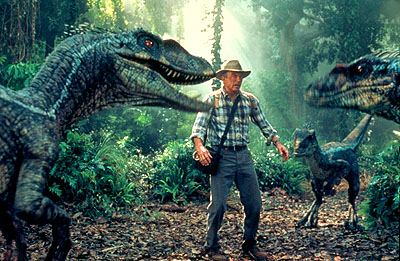Consider this: there is a genetic disease, sickle-cell anemia, that can affect as many as one out of every hundred people. It causes strokes and organ damage. It shortens the average life expectancy. The theory of natural selection would suggest that the mutation should eventually disappear, but it doesn’t. Why?
The answer is a quirk of genetics, evolution, and natural history. To understand why, you need to know that sickle-cell is based on an incompletely-recessive gene, meaning each parent needs to pass on a copy of the allele for you to develop the disease. It’s possible to have only one copy and be totally healthy – but there’s a caveat. Normally recessive genes are completely silent, but sickle-cell isn’t perfectly content to sit in a cell and play along. It still makes a little bit of the mutant protein responsible for the disease.
And this is actually the key to why it sticks around. In huge quantities the mutant hemoglobin proteins can ruin the cells, turning nice normal circular red blood cells into crescent-shaped sickles. The mutant cells can’t squeeze through blood vessels, causing blockages. But in small quantities the protein can actually be beneficial. Consider the following maps:
The map on the left is the distribution of sickle-cell alleles – high in central Africa and India, then tapering out towards the edges. The right is the distribution of another devastating illness – the parasitic disease malaria. It turns out that the mutant hemoglobin proteins, deadly in high doses, can actually help prevent the malaria parasite from surviving in your blood. The key is to have only one copy of the mutation, not two.
That’s why sickle-cell genes stick around in the population – the benefits for heterozygotes (one-copy) outweigh the evolutionary detriments to homozygotes (two-copies). This quirk is known as heterozygote advantage. Neat, huh?
Sources: Harvard.edu, Wikipedia




 Firstly, I’d like to point to a
Firstly, I’d like to point to a 


